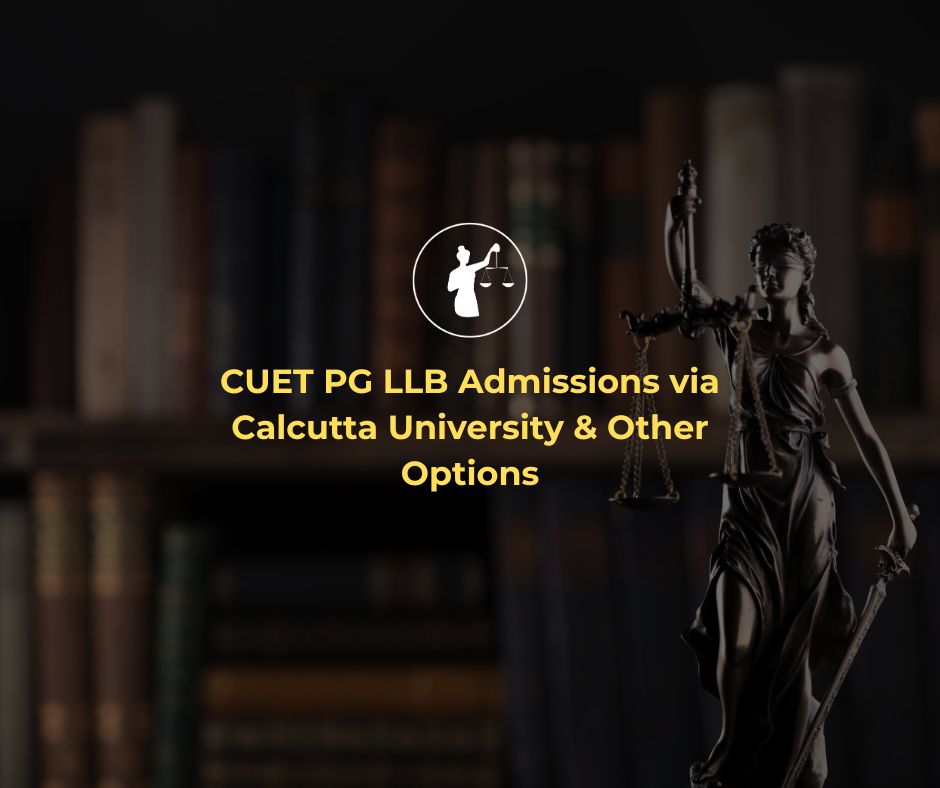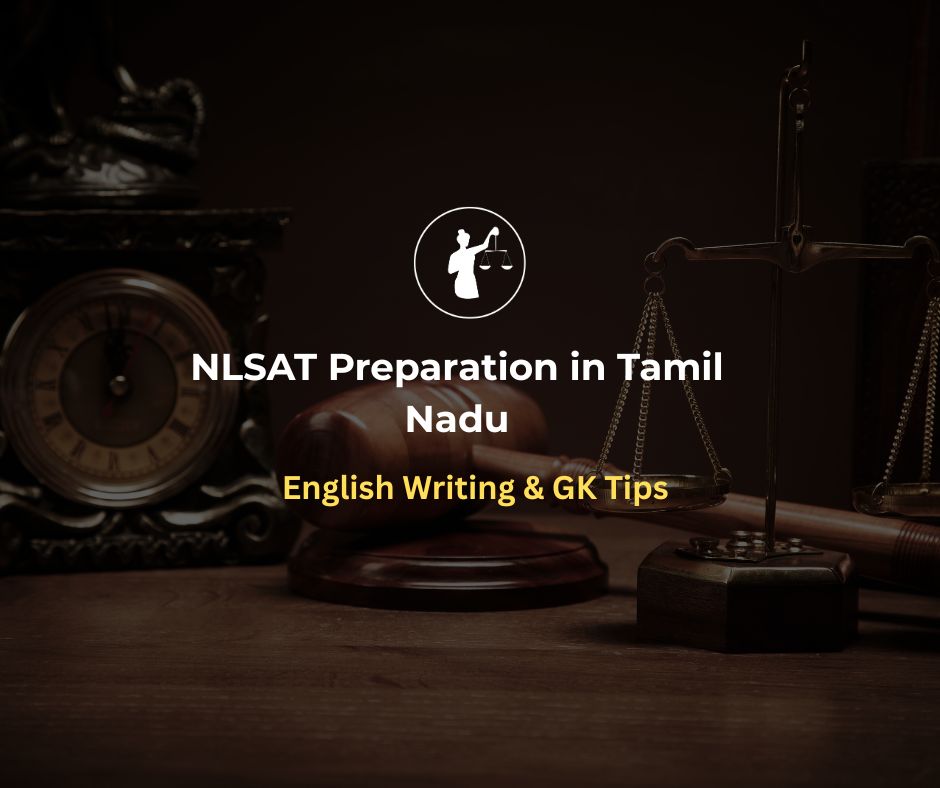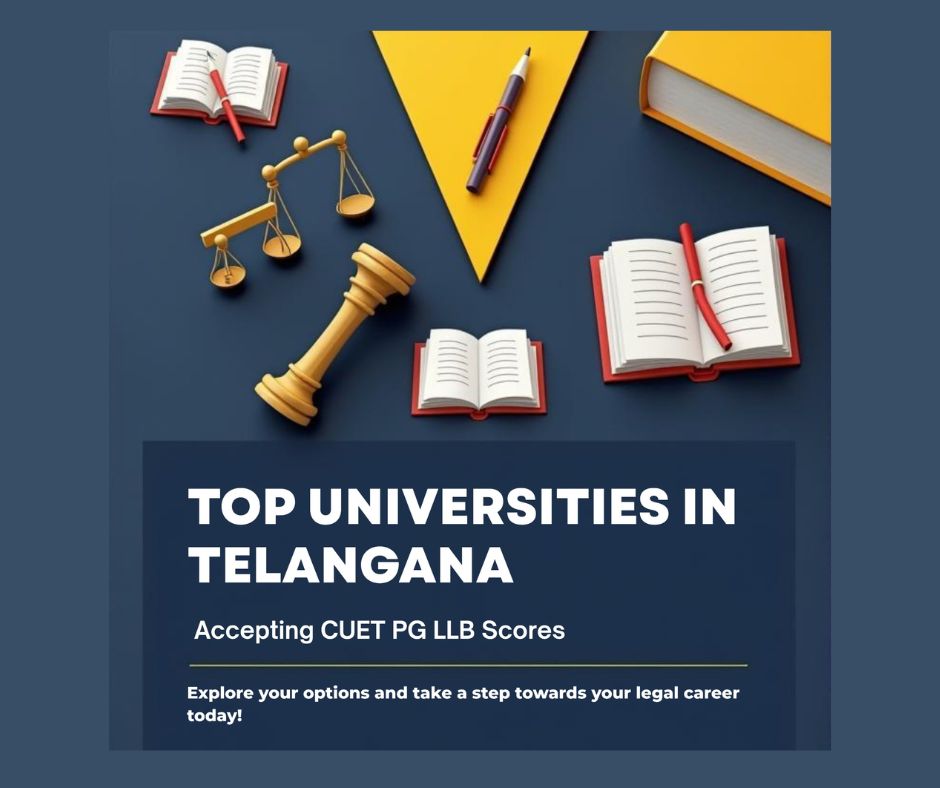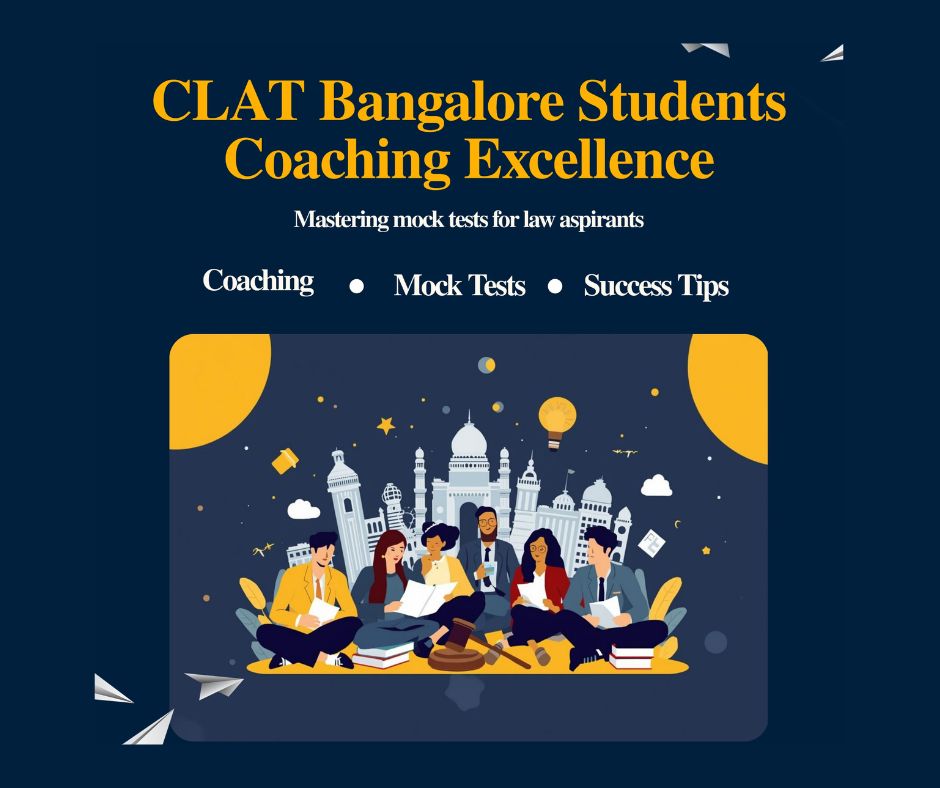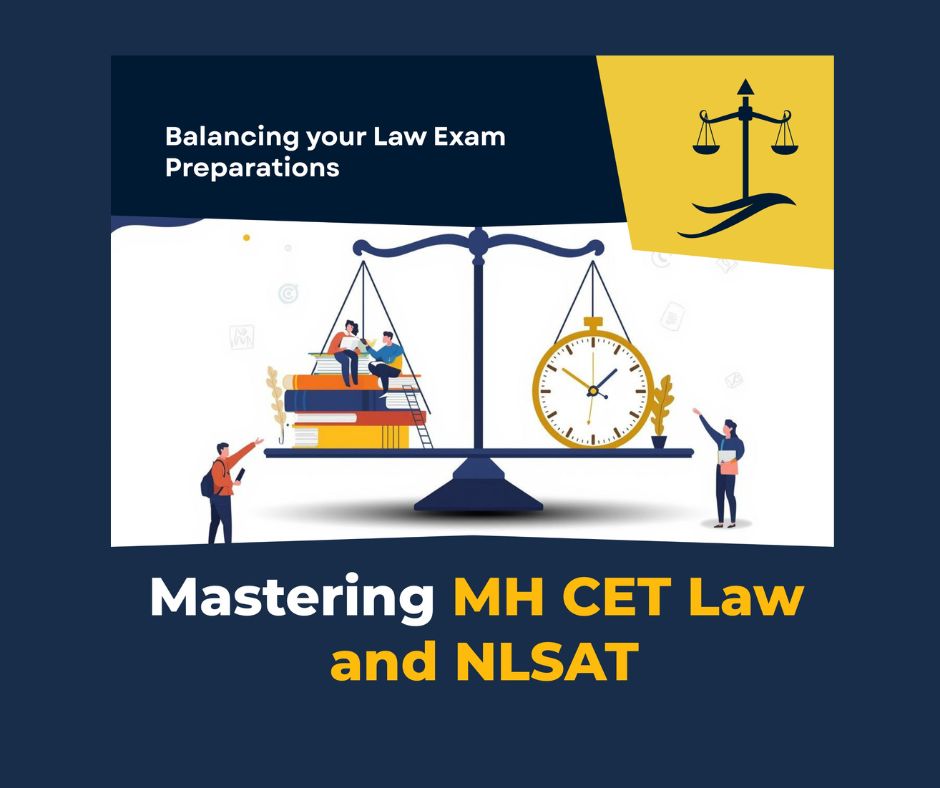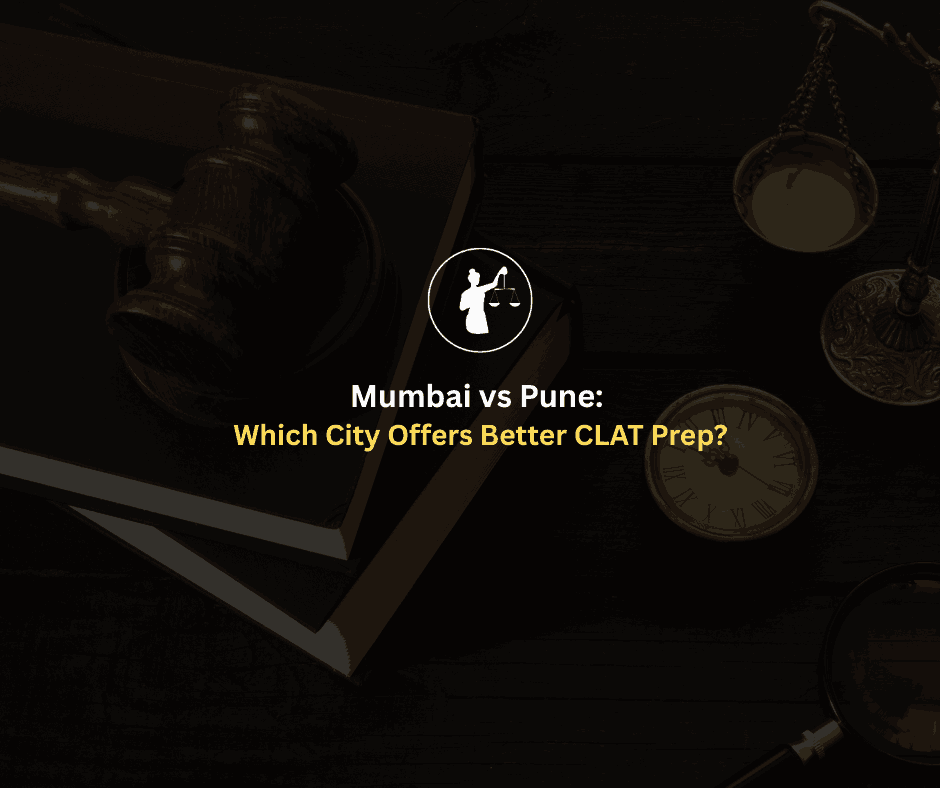If you’re planning to pursue a postgraduate degree in law at Delhi University (DU) in 2025, the CUET PG DU LLB exam is a significant milestone to prepare for. The Common University Entrance Test (CUET) is a national-level entrance exam conducted by the National Testing Agency (NTA), designed to simplify and unify admissions into postgraduate programs, including DU’s LLB program. Here’s an in-depth look at the CUET exam, its structure, syllabus, and preparation tips for CUET PG DU LLB 2025.
CUET-PG LLB 2025: Coaching cum Mentorship + Test Series
The Common University Entrance Test (CUET) is an entrance exam conducted by the National Testing Agency (NTA) for admissions to undergraduate, postgraduate, and integrated programs across India’s central and participating universities. For law aspirants, CUET PG DU LLB provides the pathway to one of India’s most prestigious three-year law programs offered by Delhi University.
CUET PG DU LLB 2025: Updated Exam PatternHere’s the section-wise breakdown of the CUET PG DU LLB exam:
| ||||||||||||||||||||
| CUET Total Marks 2025: Exam Pattern, Marking Scheme |
To ace the CUET PG DU LLB exam, understanding each section of the syllabus is crucial. Below is an in-depth analysis of the topics under each section:
This section tests your proficiency in English and ability to understand and analyze written material.
Reading Comprehension
Passages will test your ability to comprehend ideas, infer meanings, and analyze arguments. The questions may focus on the main idea, tone, and inferences drawn from the passage. Regular practice with editorials and opinion pieces from newspapers can help.
Vocabulary (Synonyms, Antonyms)
You will be tested on your knowledge of word meanings, synonyms (words with similar meanings), and antonyms (words with opposite meanings). Building a strong vocabulary through reading and using flashcards is beneficial.
Sentence Correction
Questions involve identifying grammatical errors, improving sentence structure, and choosing the correct sentence from given options. This requires a strong grasp of grammar rules, such as subject-verb agreement, modifiers, and tense consistency.
Para Jumbles
You will be given jumbled sentences that need to be rearranged to form a coherent paragraph. These questions test your logical sequencing ability and understanding of context.
This section focuses on your awareness of current events and general knowledge of various topics.
Current Affairs
Stay updated on recent happenings in India and around the world. Topics include national and international news, government policies, economic developments, sports, awards, and more. Reading daily newspapers, monthly magazines, and following credible news sources is key.
Indian History, Polity, and Economy
Questions on Indian history may cover significant events, freedom struggles, and important personalities. Polity topics include the structure of the Indian government, the role of the President and Prime Minister, Parliament, and state legislatures. The economy section involves concepts like GDP, inflation, budgets, and economic reforms.
Geography and Science
Geography questions may focus on physical, social, and economic geography of India and the world, such as rivers, mountains, climate, and resources. Science questions typically involve basic concepts of physics, chemistry, and biology, along with recent technological advancements.
Important Days and Events
Questions might cover significant dates like World Environment Day, Constitution Day, and key anniversaries of notable events. Memorizing such dates and their significance can be helpful.
This section evaluates your analytical thinking, problem-solving abilities, and logical approach.
Puzzles
These are problem-solving exercises where clues are provided to derive an answer. Types include seating arrangements, Sudoku-like puzzles, and pattern analysis.
Blood Relations
Questions require determining relationships based on given descriptions. For instance, “If A is B’s sister and B is C’s mother, how is A related to C?” Mastering family tree techniques is essential.
Series Completion
These involve identifying patterns in a sequence of numbers, letters, or figures and predicting the next item. Regular practice is key to identifying logical progressions quickly.
Syllogisms
Questions involve statements and conclusions where you determine whether the conclusions logically follow. Understanding terms like "some," "all," and "none" and using Venn diagrams can simplify solving them.
This section assesses your understanding of law, legal principles, and their application to various scenarios.
Legal Principles and Application
You’ll be given principles or laws and asked to apply them to specific factual situations to arrive at logical conclusions. Topics might include torts, contracts, and criminal law. Regular practice with case studies and sample scenarios is beneficial.
Indian Constitution
Questions may cover the Preamble, key articles, and features such as Fundamental Rights, Directive Principles of State Policy, and Fundamental Duties. Additionally, topics like the structure of the judiciary and the functioning of Parliament are important.
Fundamental Rights and Duties
Understand the six fundamental rights enshrined in the Constitution, their scope, limitations, and examples of landmark cases. Similarly, focus on the ten fundamental duties listed under Article 51A.
Legal Terminology
This includes knowledge of basic legal terms such as “plaintiff,” “jurisprudence,” “bailment,” “tort,” “actus reus,” and more. Developing a glossary of commonly used legal terms and revising them frequently will help.
Preparation Tips for Each Section
English Language Comprehension
General Knowledge/Awareness
Logical Reasoning
Legal Aptitude
CUET-PG LLB 2025: Coaching cum Mentorship + Test Series
The CUET PG DU LLB exam is your gateway to pursuing a prestigious legal education at Delhi University. With an updated pattern and streamlined preparation strategy, you can excel in this exam and pave the way for a successful legal career. Start early, stay consistent, and make the most of the resources available to you.
